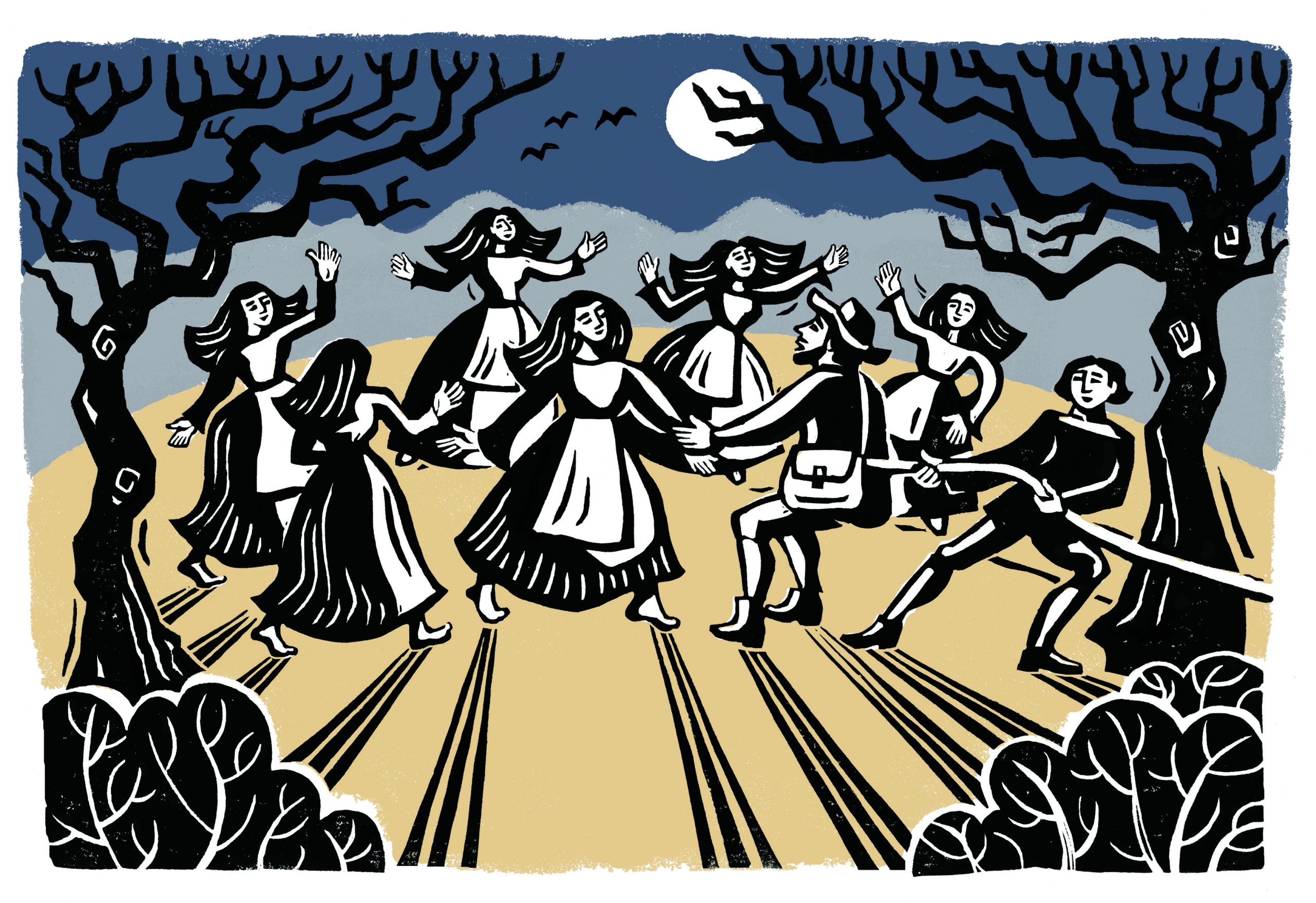Llandyfrydog

Llandyfrydog Church
Enclosed by an ancient circular churchyard and surrounded by trees, the Church of St. Tyfrydog sits within a quiet part of Anglesey. Founded in the 5th century, the earliest records of a church here date back to 1098. Local legend has it that an earl from Shrewsbury, Hugh the Proud, kept his dogs in the nave of the church, where they quickly grew mad and early after, Hugh himself died. The church was also recorded in the 1254 Norwich taxation alongside the churches of Holyhead and Llaneilian, which suggests that this was once a rich and important church. Traces of an earlier church can be seen outside the building; it’s possible that the base of the 18th century sundial was an old cross shaft, and traces of early stone walls and doorways can be seen to the north. In addition, the massive stone font in the porch is said to be of medieval origins.

Clorach Well and the Saints
Seiriol Wyn (Seiriol the Fair) and Cybi Felyn (Cybi the Dark) were saints from the sixth century, and it is said that they would meet regularly by two wells near a stream close to this spot. When Cybi travelled from Holyhead to this place and back again, he would always face the sun and became very tanned, hence Cybi the Dark; whereas Seiriol would travel from Penmon and return home with his back towards the sun, and became very pale, hence Seiriol the Fair. It is said that the saints washed their feet in the waters of the small spring nearby.
Cybi’s well was filled in when they laid the new road in 1840, but Seiriol’s well can still be seen under a concrete cap to the south of the bridge. Cybi was also said to have been friends with Eilian (of Llaneilian’s Church in the north of Anglesey) and would meet near
Llandyfrydog.

Llandyfrydog Folk Tales
Ifan Gruffydd’s Daughter
One evening many years ago a local farmer, Ifan Gruffydd, asked his daughter to put their cow in the shed, but the animal was nowhere to be seen. As they looked for the cow at Cae Lleidr Dyfrydog, they saw fairies dancing in such a way that hypnotised Gwen. She stepped into the fairy circle and vanished. Her father was frightened, and following the advice of a wise man of Maenaddwyn, the following Christmas night four of the strongest men in the area went with a rope to where Gwen vanished. They tied the rope around Ifan, and when the fairy circle appeared with Gwen dancing in their midst, he jumped in and grabbed his daughter. The four men pulled Ifan and Gwen free from the circle, and the fairies disappeared.

The Thief’s Stone
A long time ago a local man, “Wil Llaw Flewog”, stole a bible and communion silver from Llandyfrydog Church. Making his escape over fields near Clorach, he was met by a robed spirit. Wil was terrified, and as soon as he asked who this spirit was, with hand outstretched the spirit immediately turned Wil to stone, where he can still be seen to this very day.

Red River
The Afon Goch (the red river) is a combination of several water sources. One is from the ancient holy spring of St. Cybi at Clorach, where St. Cybi and St. Seriol are said to have met regularly in the 6th Century. Another major source rises from Parys Mountain, where the copper mines were the largest in the known world at the end of the 19th Century. Their confluence is at Melin Esgob (Bishop’s Mill), one of 4 mills in almost 2 miles on this small river. The name ‘the Red River’ came from the pollution of iron oxide and copper from the mine in the mid and late18th Century. This toxicity made the river devoid of virtually all life.
In 2002, the Amlwch Industrial Heritage Trust identified a potential disaster at the mine when it discovered 278,000 cubic metres of toxic water which could have been discharged downstream on to the town of Amlwch had a weak underground dam failed. Isle of Anglesey County Council funded a project to release the water safely by pumping it from the mountain followed by the removal of the dam. Consequently the Afon Goch is now as it was in the 17th Century when it was named the Afon Dulas (Dulas River) – a clean haven for wildlife such as trout, kingfishers, heron and otters.
